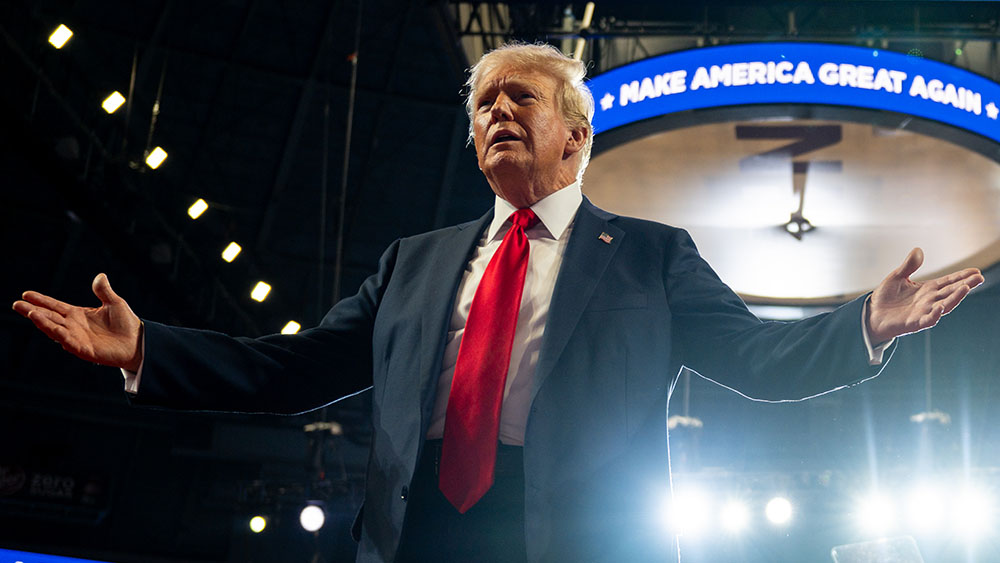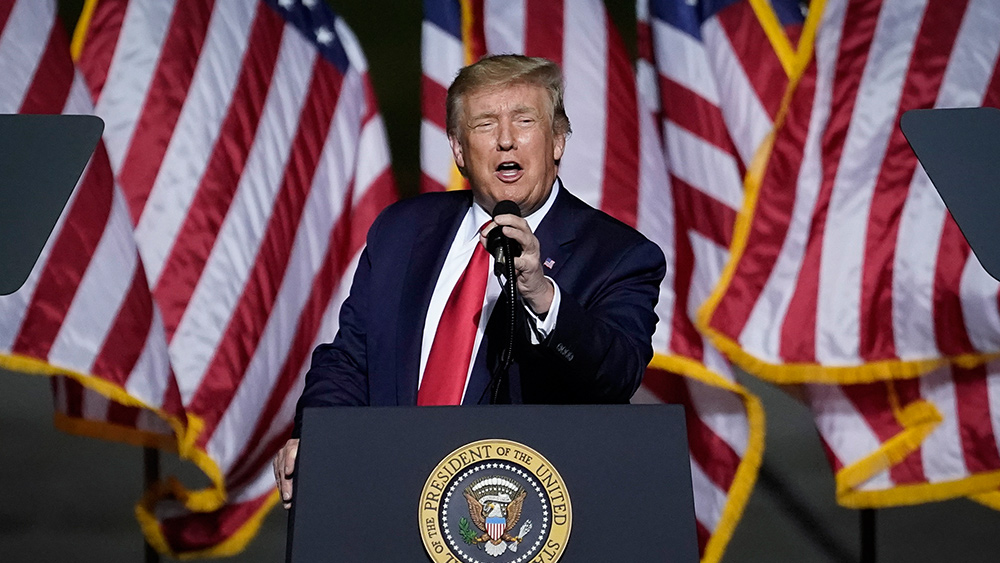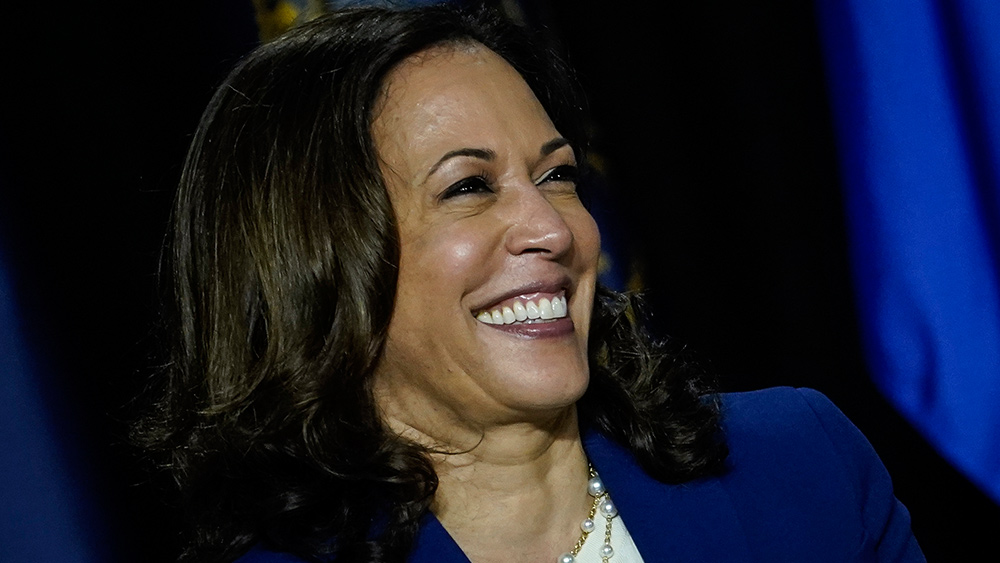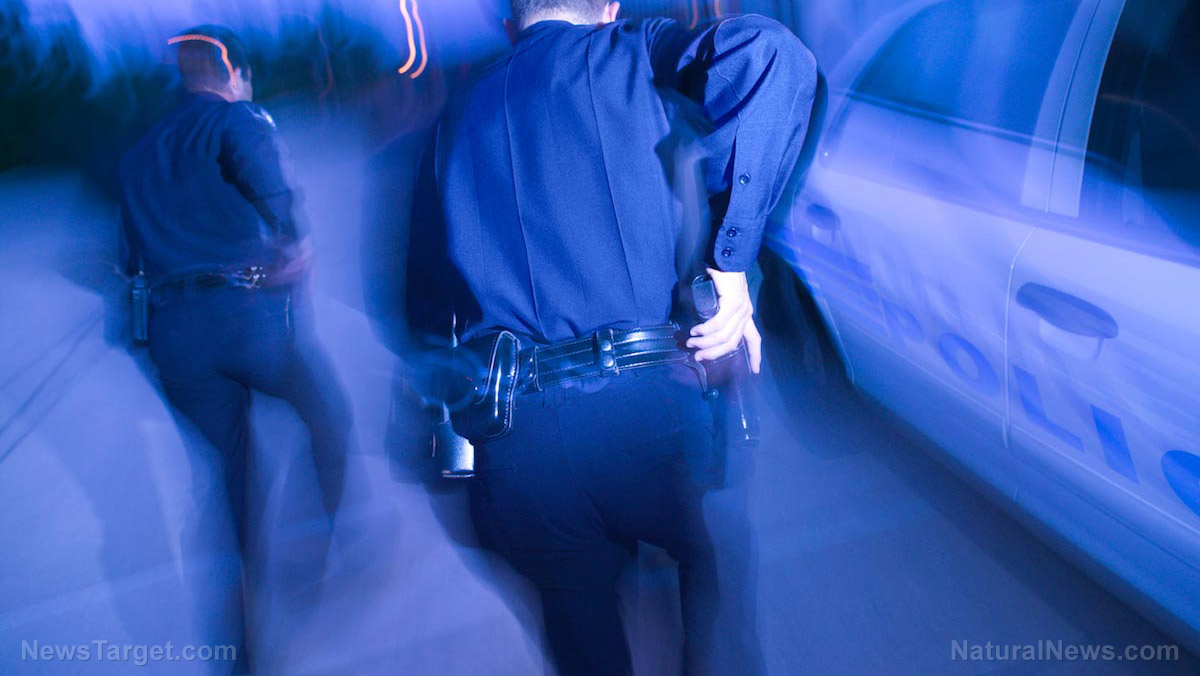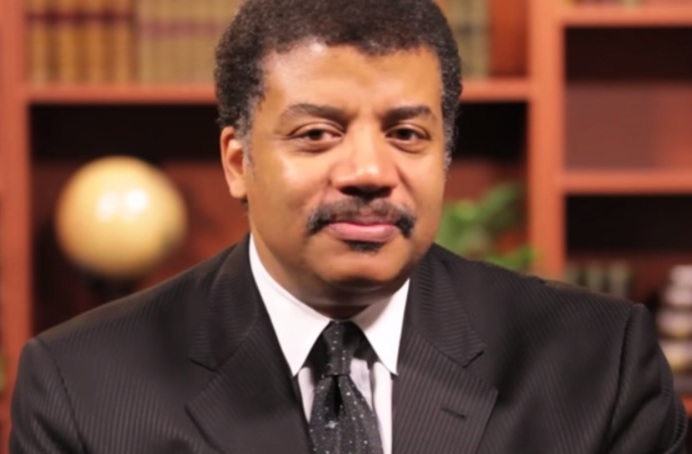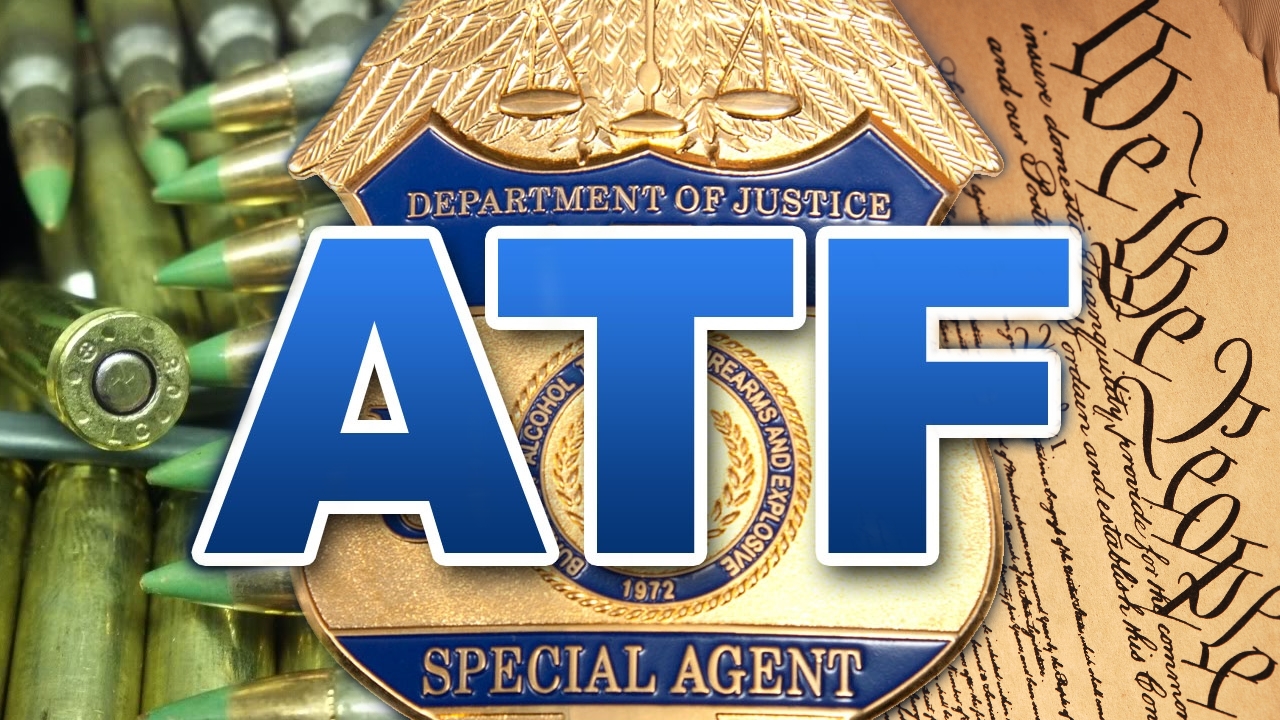Palin wins appeal on defamation case against New York Times
08/30/2024 / By News Editors

Over the years, I have written repeatedly (here, here, here, here, and here) about the interesting defamation case brought by Sarah Palin, the former Alaska governor and 2008 Republican vice presidential nominee, against the New York Times. The judge in the case U.S. District Judge Jed Rakoff was previously reversed and proceeded to issue novel and deeply flawed rulings before dismissing her case. He has now been reversed again and Palin will have a new opportunity to sue the newspaper. Given Judge Rakoff’s dismal record in this case, it is concerning that he will be allowed to preside in any new trial.
(Article republished from JonathanTurley.org)
In the opinion below, the three-judge panel of the 2nd Circuit Court of Appeals threw out a 2022 jury verdict in favor of the New York Times due to the errors of Judge Rakoff.
The case involves an editorial that suggested Palin inspired or incited Jared Loughner’s 2011 shooting of then-U.S. Rep. Gabrielle Giffords (D-Ariz.). It was outrageously and demonstrably untrue. The editorial was published in the wake of the shooting of Rep. Steve Scalise (R-La.) and other GOP members of Congress by James T. Hodgkinson, of Illinois, 66, a liberal activist and campaign supporter of Bernie Sanders (I-Vt.). It appears The Times wanted to shift the narrative back to right-wing violence; it stated that SarahPAC, Palin’s political action committee, had posted a graphic that put Giffords in crosshairs before she was shot, described it as direct incitement of violence and opined that while not as guilty as Palin, “liberals should of course hold themselves to the same standard of decency that they ask of the right.”
In reality, the map SarahPAC distributed put targets on various districts that were viewed as possible flip districts by Republicans, and the map was published long before the shooting.
Previously, Rakoff insisted that he was “not at all happy to make this decision” but that he was, again, forced to dismiss the case because the Supreme Court established “a very high standard for actual malice” for public figures in seeking recovery for defamation. He was referring to the New York Times v. Sullivan standard requiring a showing that a false statement was made “with knowledge that it was false or with reckless disregard of whether it was false or not.”
The Times helped create this standard as the victim of a bias campaign. The status is far less obvious today. For many, the Palin controversy exposed the “advocacy journalism” now in vogue in the media. The hit piece on Palin was all-too-familiar for conservatives and Republicans routinely targeted by the newspaper. In that sense, the Times has become the very thing that the original decision sought to combat: a threat to free speech. The Times, they argue, often uses this protection to shield false attacks on political opponents.
Decades ago, The Times was being targeted by segregationists who wanted to deter media from publishing accounts of segregationists opposing the civil rights movement. This effort was creating such a threat that media had to choose between a type of self-censorship or insolvency. In his concurrence in New York Times v. Sullivan, Justice Hugo Black said that “state libel laws threaten the very existence of an American press virile enough to publish unpopular views on public affairs and bold enough to criticize the conduct of public officials.”
After he was reversed in dismissing the case, Rakoff proceeded to again dismiss the case after the jury was sent to reach a verdict. He declared that Palin had failed to offer evidence that would satisfy the minimum of the actual malice standard. I criticized that ruling as legally flawed. There was clearly sufficient evidence to allow a jury to render a verdict.
The Second Circuit agreed and reversed Rakoff in finding that Palin did cite sufficient evidence on actual malice.
However, it was the handling of the case by Judge Rakoff that added additional reversible errors. Rakoff had not sequestered the jury and his dismissal was reported widely. The jury learned of the decision and ruled against Palin. While some jurors said that the news did not impact their decision, the Second Circuit correctly rejected the claim. The appellate panel ruled that “[w]e think a jury’s verdict reached with the knowledge of the judge’s already-announced disposition of the case will rarely be untainted, no matter what the jurors say upon subsequent inquiry.”
To make matters worse, Rakoff instructed the jury not to speak to the media after the case, an abusive demand that worked to protect his own errors. Jurors are free to discuss cases after a dismissal or verdict.
Palin was already under a great disadvantage as a leading Republican being tried before a New York jury. Rakoff added to that burden with a series of flawed decisions. Even after being previously reversed, Rakoff appeared intent on dismissing the case.
I previously wrote about the case because it highlighted a concern about the extension of New York Times v. Sullivan from public officials to public figures.
As I wrote previously, Justice William Brennan wrote arguably his most eloquent and profound decision in New York Times v. Sullivan.
News outfits were being targeted at the time by anti-segregation figures in lawsuits to deter them from covering the civil rights marches. The court correctly saw civil liability as creating a chilling effect on the free press either by draining the publications of funds or inducing a type of self-censorship. Imposing a high standard for proof of defamation, Brennan sought to give the free press “breathing space” to carry out its key function in our system.
The court believed that public officials have ample means to rebut false statements, but that it’s essential for democracy for voters and reporters to be able to challenge government officials. To achieve that breathing space, the court required that public officials had to prove “actual malice,” where the defendant had actual knowledge of the falsity of a statement or showed reckless disregard of whether it was true or false.
Two justices have indicated that they might be open to the idea of revisiting New York Times v. Sullivan. Justice Clarence Thomas has been a long critic of the standard as unsupported in either the text or the history of the Constitution. Thomas and Justice Neil Gorsuch objected last year to the denial of certiorari in Berisha v. Lawson, in which author Guy Lawson published a book detailing the “true story” of three Miami youngsters who allegedly became international arms dealers.
It was a success and landed a movie deal. A central figure in the story was Shkelzen Berisha, the son of Albania’s former prime minister. He sued Lawson alleging defamation and claimed that he was not, as portrayed, an associate of the Albanian mafia and that Lawson used unreliable sources for his account.
Berisha is a public figure rather than a public official. The problem is that there is one missing element to imposing a higher burden on public figures like Berisha: furthering the democratic process. In teaching defamation, the actual malice standard rests convincingly on a democratic rationale that a free people and a free press must have breathing space to criticize the government and their leaders. It helps protect and perfect democracy.
For 30 years, I have struggled in class to offer the same compelling rationale for applying the standard to anyone who is considered a public figure. It takes very little to qualify as a public figure, or a “limited-purpose public figure.” However, why should private success alone expose someone like the Kardashians to a higher burden of proof for defamation? Writing about hot-dog-eating champion Michelle Lesco does not protect core democratic principles or even support core journalistic principles. To succeed, a Kardashian would still have to prove that a statement was false and unreasonable to print. Moreover, publications are protected in most states by retraction statutes limiting or blocking damages for corrected stories. Finally, opinion is already protected from defamation actions.
These are difficult questions that warrant serious discussion not only on the court but also in society. For example, there may be a more credible basis for imposing a higher standard on public figures on subjects of great public interest. However, what constitutes a legitimate public matter, particularly when that matter is based on a false account?
Take Nicholas Sandmann, who was pulled into a vortex of coverage due to the false claim that he abused an elderly Native American activist in front of the Lincoln Memorial. Sandmann has secured settlements for the biased and false reporting of major media outlets. Defamation still protects opinion without the reliance on a higher constitutional standard for figures like Sandmann.
Clearly, the public figure standard is an obvious benefit to the media. However, without a compelling argument for a constitutional standard for public figures, it seems more like a judicially maintained subsidy or shield. The purpose of Times v. Sullivan was not to simply prop up the press. The Palin case and other cases could present a new opportunity for the court to review the doctrine.
Palin, however, must now go back before Judge Rakoff and a New York jury, something that has proven a deadly combination. If her case ultimately goes to the Supreme Court, it may allow for a reconsideration of the extension of New York Times v. Sullivan to public figures.
Here is the opinion: Palin v. New York Times
Read more at: JonathanTurley.org
Submit a correction >>
Tagged Under:
biased, big government, celebrity, conspiracy, current events, deception, defamation, fake news, Journalism, lawsuit, lies, mainstream media, New York Times, news cartels, politics, progress, propaganda, rational, rigged, smeared, Xpost
This article may contain statements that reflect the opinion of the author
RECENT NEWS & ARTICLES
COPYRIGHT © 2017 RATIONAL NEWS




